
Q. I recently purchased a used 75- gallon acrylic aquarium and am attempting to raise African cichlid fish. I've installed a wet/dry filter, I clean the aquarium at two-week intervals and have purchased all the necessary supplies to keep the fish healthy. After the filter had cycled (six weeks) I replaced the original tetras and catfish with eight cichlid fish.
Things were going well for four or five weeks, so I decided to buy some more Africans. With the addition of 14 new cichlid fish to my original lot of eight, the aquarium now housed 22 fish.
After a few days, I had lost four fish. By the end of a week, the total had risen to eight. Two weeks after adding the new fish to the cichlid aquarium all 22 had died.
The retailer I bought the fish from suggested that I could avoid a repetition of this disaster by stocking the cichlid aquariummore heavily, providing more hiding places, checking the amount of salt in the water, feeding the fish more frequently and raising the water temperature from 80 to 85 degrees Fahrenheit. Can you suggest anything else a beginning aquarist could do in this case?
A. Your disaster happened because you disregarded two of the cardinal principles of fishkeeping. Your first error was to introduce new fish into an established aquarium without a suitable quarantine period. Your second was to assume that the capacity of a functioning biological filter could instantly expand to accommodate a tripling of your aquarium's fish population.
Moving fish between aquariums is stressful. The greater the difference between the conditions under which the fish are kept, the greater the stress. Because stress compromises their immune systems, newly moved fish run a greater risk of being attacked by pathogens and parasites than do established animals. If, as often happens, these attacks overwhelm the victim's defenses, the numbers of pathogens or parasites in the aquarium can increase explosively until they overwhelm the defenses of even otherwise healthy tankmates.
Isolating newcomers in a quarantine aquarium that facilitates careful observation automatically protects a display aquarium's established residents from such a threat, maximizes the chances of detecting a disease outbreak soon enough to afford some type of successful treatment and simplifies the task of administering an appropriate therapy. Many commonly used therapeutic agents will compromise the function or totally destroy a display aquarium's functioning biological filter. This problem does not arise in an appropriately set-up quarantine aquarium.
In the case of Lake Malawi cichlid fish, such isolation also makes it possible to initiate aggressive prophyllactic treatment of the intestinal Hexamita infestations that appear endemic to the Florida-bred animals most commonly available through commercial channels. A seven- to 10-day regimen of a commercial anti-parasitical fish food will significantly increase the survival prospects of pond-bred Malawi cichlid fish, and in so doing greatly minimize the risk such newcomers pose to a aquarium's established residents. Thus, my advice is that you set up a 15- to 20-gallon quarantine aquarium before you make any further purchases of fish for your display aquarium.
The actual cause of your debacle was almost certainly the overloading of your biological filter by increasing your aquarium's fish population threefold overnight and not allowing the nitrogen cycle to catch up. A biological filter depends upon the activity of a resident population of nitrifying bacteria to efficiently break fish waste down to relatively harmless nitrate. When the amount of waste produced exceeds the filter's processing capacity, levels of toxic ammonia and nitrite can suddenly peak. Such "spikes," even if not immediately lethal to an aquarium's residents, significantly increase stress levels and in so doing can open the door to opportunistic fish pathogens.
While nitrifying bacteria are capable of rapid multiplication, they still require a realistic interval of time to increase their population densities in response to an increased bioload and augmented fish food source. Had you introduced your 14 new fish at the rate of two a week over a period of a couple of months, it is highly probable that the exercise would have been carried out without any mortalities at all. Alternatively, you could have added several cups of an ammonia-absorbing zeolite to your filter to compensate for the sudden increase of notrogenous wastes to the aquarium that was inevitable with such a dramatic population increase.
In short, while the advice you received from your retailer is certainly germane to the management of an established community of African cichlid fish, none of this information was particularly relevant to the task of getting the community established in the first place. If you quarantine all new purchases before adding them to your aquarium and respect the limitations of your filter system by increasing its population incrementally, your second attempt at Malawi cichlid fish husbandry should be much more rewarding than the first.
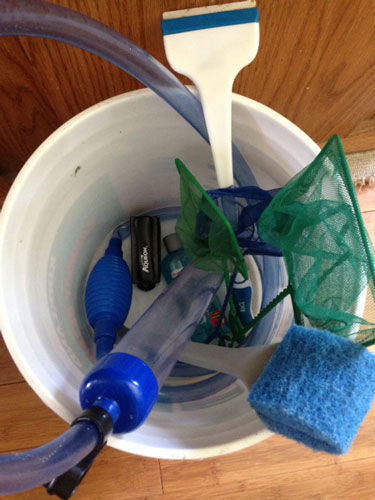 What to Keep in Your Aquarium Maintenance Bucket
It is too easy for hobbyists, especially new ones, to become
What to Keep in Your Aquarium Maintenance Bucket
It is too easy for hobbyists, especially new ones, to become
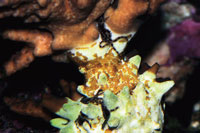 Coral and Invertebrate Quarantine Procedures
Coral and Invertebrate Quarantine Procedures
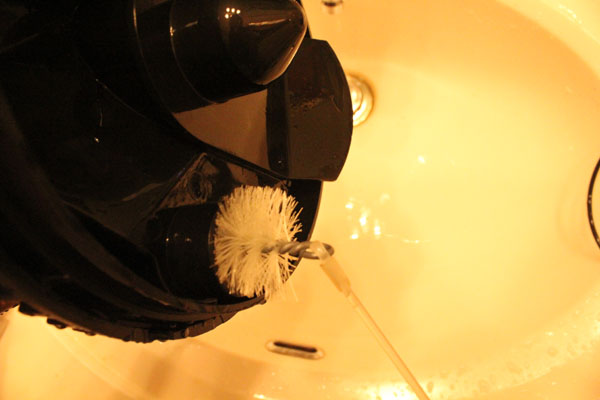 How to Maintain Your Aquarium Filter
Aquarium filtration saw monumental advances in technology du
How to Maintain Your Aquarium Filter
Aquarium filtration saw monumental advances in technology du
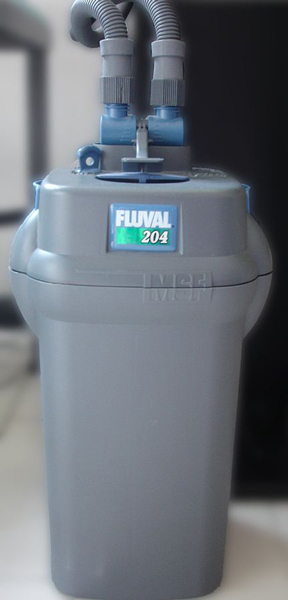 Canister Filters
In this article we will deal with a type of filter that many
Canister Filters
In this article we will deal with a type of filter that many
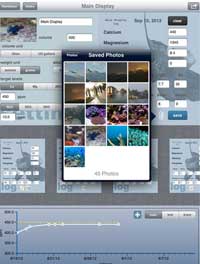 Reefdoser Pro for iPad Ships
Reefdoser Pro for iPad Ships
Copyright © 2005-2016 Pet Information All Rights Reserved
Contact us: www162date@outlook.com